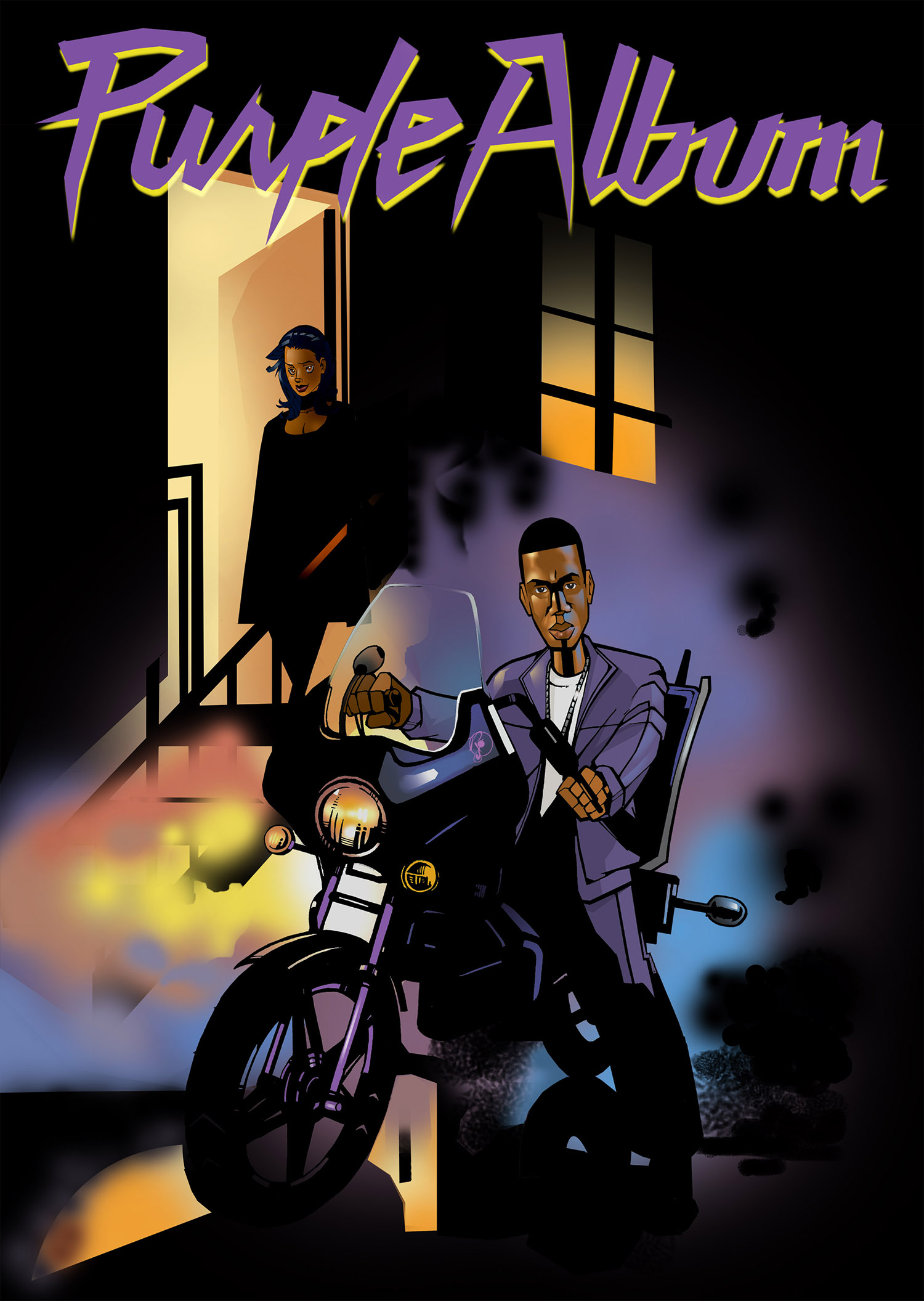
- WHY ARENT ALL OF JAY Z ALBUMS ON APPLE MUSIC FULL
- WHY ARENT ALL OF JAY Z ALBUMS ON APPLE MUSIC BLUETOOTH
Some Lightning and USB headphones have DACs, but again, they likely won't get you Hi-Res compatibility. Apple's Lightning to 3.5 mm Headphone Jack Adapter has a DAC, but it likely maxes out at the same bit depth and sample rate. AirPods Max can connect to devices with a wired adapter, but Apple recently said, "AirPods Max currently does not support digital audio formats in wired mode."ĭACs are built into Apple devices like the iPhone, but they are only mid-range DACs that max out at 24 bit at 48 kHz.
WHY ARENT ALL OF JAY Z ALBUMS ON APPLE MUSIC BLUETOOTH
Bluetooth 5.0 maxes out at 2 Mbps streaming, but Hi-Res Lossless Audio requires 9.2 Mbps.īut Apple has stated that even Lossless Audio won't work over Bluetooth, so your AirPods won't do you any good - you'll need a wired connection. That's because wireless headphones use Bluetooth technology, which needs to compress audio files. To listen to Hi-Res Lossless Audio on Apple Music, you'll need a pair of wired headphones. Speaking of headphones, DACs are not made for wireless headphones. Unless you're dropping some serious cash on your headphones, most DACs will likely power your headphones just fine.
WHY ARENT ALL OF JAY Z ALBUMS ON APPLE MUSIC FULL
Higher-end headphones traditionally have a higher impedance, requiring a DAC capable of outputting enough power to reach their full potential. All headphones have an impedance rating in ohms, and it dictates the amount of power needed from the amplifier to function properly. Because the device is specifically designed for this type of processing, it's better at handling the large amount of data that comes with Hi-Res Lossless Audio.Ī Lightning-based DAC can also supercharge your headphones if they require it. What it does is take the burden off your iPhone's or other Apple device's likely weak sound card and performs all of the audio processing itself. Why Is a DAC Is Needed for High-Res Lossless Audio?Ī DAC, or digital-to-analog converter, is simply an audio processor. Once you reach Hi-Res territory, a simple iPhone and headphones setup simply won't cut it.

But not all lossless is equal, and there's an even better way to listen to Apple Music on your iPhone.Īpple includes a "Hi-Res" lossless option for Apple Music that bumps the file sizes up to 24 bit at 192 kHz. So long as your "Audio Quality" settings are correct when you boot up iOS 14.6's enhanced Apple Music service on your iPhone, you can start listening to more than 75 million songs in Lossless Audio right away using your wired or wireless headphones.

This lossless compression starts at CD quality, which has a bit depth and sample rate of 16 bit at 44.1 kHz (kilohertz), and can reach as high as 24 bit at 48 kHz. ALAC has been around since 2004 but is only just hitting the Apple Music streaming service. What Are Apple's Lossless Formats?Īpple Music's Lossless Audio uses Apple's ALAC (Apple Lossless Audio Codec) to preserve the fidelity of the original data. With Apple's lossless format, files take up about half as much space as the raw uncompressed data would but are generally much larger than their lossy counterparts. The idea is to provide a listening experience that matches the master recording file so that you can hear the same sounds that the artist and producers intended in the studio. Most of us never know this data is missing due to lossy compression, but the better quality your equipment is, the more noticeable the compression.Īs its name implies, Lossless refers to music files that don't lose any important information during compression. These files are compressed, which removes some of the less-critical binary data from the music, such as less audible sounds that may have no immediately obvious effect on the song's fidelity. Traditionally, digital music has prioritized file size over quality because storage space and streaming data used to be more limited. These binary numbers carry the information needed to play each song, which your audio processor decodes to play the tunes you hear in your headphones.

On May 17, Apple announced that Lossless Audio playback for Apple Music was finally coming to subscribers in June.


 0 kommentar(er)
0 kommentar(er)
